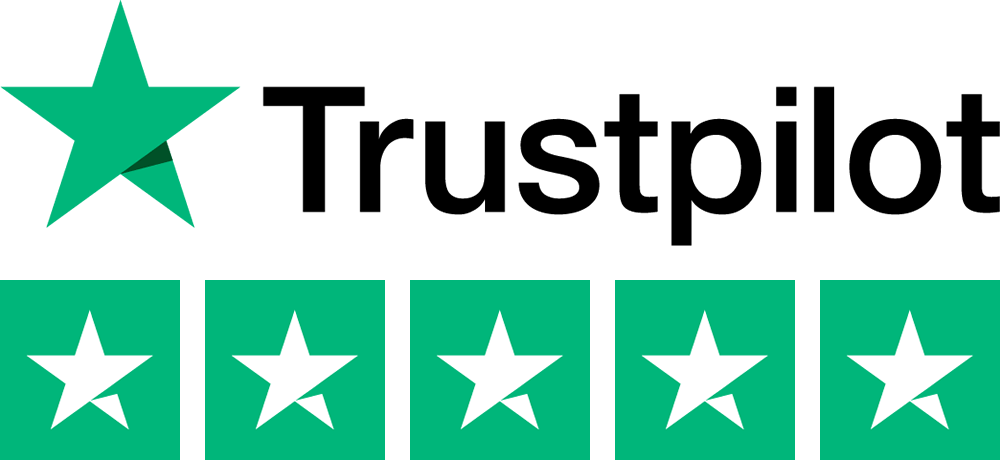Let-to-buy mortgages - frequently asked questions
Even though the buy-to-let market has slowed down because of the recent stamp duty and buy-to-let tax changes, many of our clients still like the idea of having an investment property. They are keen to benefit from rental income and future house price rises.
Can let-to-buy help borrowers struggling to sell their homes?
Some homeowners are struggling to sell their properties because of the stagnant property market, so they are turning to let-to-buy.
Many of our clients have told us they either can’t sell their property or get enough money to make the figures stack up to make it worth moving home. By turning their property into a buy-to-let while releasing equity to put towards a new property, they can keep it as an investment and take advantage of the cheap rates.
Let-to-buy provides an alternative option for chain breaks and those buyers who do not want to lose out on a property purchase through a lack of funds.
How do the rates compare to standard buy-to-let deals?
Most banks and building societies do not charge a premium for let-to-buy mortgages, so the rates are the same.
Barclays has a 1.35% two-year buy-to-let fixed rate for those with a 35% deposit and it has a £1,795 fee. The APRC is 4.7%.
Residential rates are as low as 1.25% for those with a 25% deposit and it has a £995 fee.
Applicants will typically be able to borrow up to 75% loan-value when converting their home to a buy-to-let. They will then have at least 10% to put down as a deposit for the onward purchase.
The larger your deposit, the cheaper the rate.
Example case showing how the figures stack-up with let-to-buy
We recently arranged a let-to-buy mortgage for a client who wanted to move home relatively quickly and keep his property as an investment. The house was in a great area and he thought prices would rise over the longer-term.
His home was worth £500,000 and by swapping it to a buy-to-let up to 75% loan-to-value, he could borrow £375,000. The existing mortgage was £175,000 and by raising £200,000 the funds could be put towards the new purchase.
The client took a buy-to-let two-year fix at 1.6% with a £1,795 arrangement fee. The rental income was £1,500 per month and the interest-only payment was £500 per month.
The purchase price of the new property was £650,000 and most of our clients 20% deposit was was generated through the remortgage. The new residential loan amount was £360,000 on a two-year fix at 1.78% capital repayment mortgage. The monthly repayments were £1,693 and there was a £999 arrangement fee.
The additional 3% stamp duty was £42,000 and the remaining amount (£28,000) for home improvements on the new property.
Are there any income restrictions with let-to-buy?
Clients typically need to have a good income and equity in their property to make let-to-buy work.
Some lenders will only use rental income to determine the maximum loan amount affordable. As a result, low rental yields can prevent the client from borrowing a large enough mortgage. For example, with a basic rental calculation and £1,500 per month rent, the maximum loan could be capped at £225,000.
There must often be a simultaneous completion on the new residential purchase.
Which lenders offer let-to-buy mortgages?
Metro Bank, Clydesdale Bank, TSB, Skipton Building Society, Virgin Money for Intermediaries, Barclays and NatWest all offer competitively priced let-to-buy mortgages.
Call Trinity Financial on 020 7016 0790 to secure a mortgage













